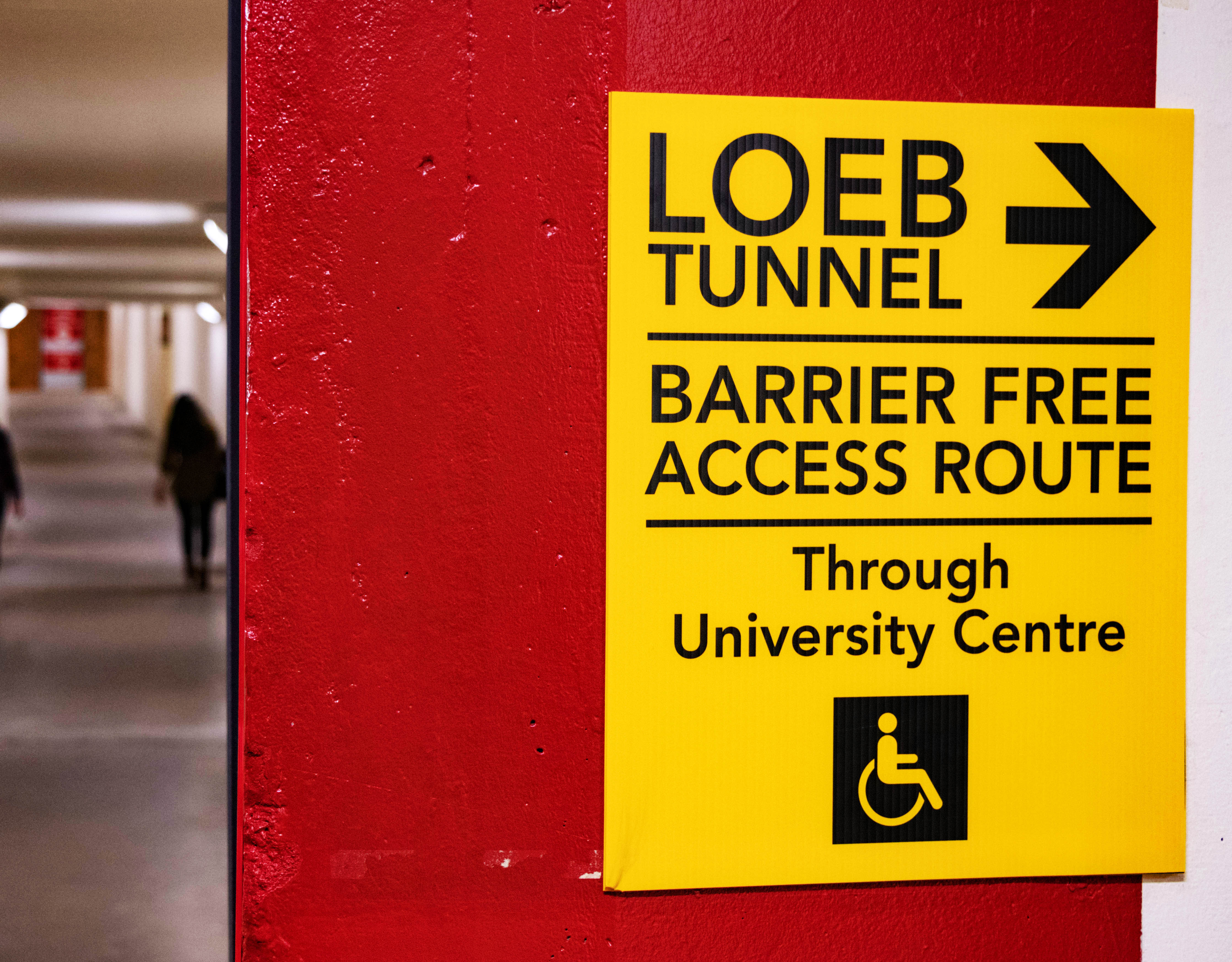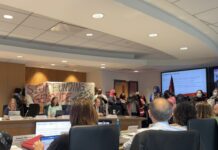Carleton is developing a Coordinated Accessibility Strategy to make its campus more accessible.
The new policy comes in light of the university’s 2013-2018 Strategic Integrated Plan (SIP) which identified the creation of the new strategy as a key performance measure.
An Oct. 26 email from the administration asked students to provide feedback on the consultation process.
Suzanne Blanchard, vice-president (students and enrolment), and her office have since conducted individual interviews with campus representatives, student services, and student groups, and determined seven broad themes that the new strategy will focus on—including research and development, student support services, and physical space.
Larry McCloskey, director of Carleton’s Paul Menton Centre for Students with Disabilities, said it’s important to consult students on the process.
“We have 3,000 students registered here. There’s 30,000 at Carleton so it makes sense,” he said. “You don’t move forward unless you get input from the largest group of constituents on campus.”
Boris Vukovic, director of Carleton’s Research, Education, Accessibility and Design (READ) initiative, said the consultation is just as important for students with disabilities who are not registered with the PMC.
“We know that there are students at Carleton who do not have a need to register with the PMC, but they have disabilities,” he said. “We are developing a strategy that’s campus-wide to support those students, and not just those who register with disabilities.”
Shawn Humphrey, council chair for the Carleton University Students’ Association and the Carleton Academic Student Government, said it’s important for the university to regularly update its accessibility strategy.
“I got accepted to multiple universities when I first applied, and chose Carleton due to the accessibility of the campus,” he said. “Having five kilometres of tunnels—during the winter time, it’s great for accessibility.”
“Carleton has had the reputation of being the most accessible campus in the country. It may well still have that, but my concern is that oftentimes when you are at the top—when you’re the most accessible, when you are the best at something — you can tend to slack and become a little apathetic,” he added.
“I think Carleton has done that in the past. I think they are getting better at that — the call for feedback from students is a good thing, so hopefully that can help them in making sure that they’re up to date.”
Humphrey also said students need to be consulted on the strategy because they are the most affected.
“We are the largest population on campus—obviously it also affects university employees and teachers, but the school is there for students—the school is there to serve students, and they’re the ones paying for this in large part,” he said.
Humphrey said the changes he is looking most forward to through the development of the accessibility strategy are improvements to physical accessibility and better parking.
“I think there were some complaints about accessibility during construction—I think a lot of thought needs to continue to be put into that,” he said. “Accessible parking spots have shrunk on campus due to losing the parking lot in front of University Centre (UC) recently . . . and I think that makes it more of an issue for students with disabilities or staff with disabilities to access parking that’s nearby, especially those above ground when it comes to wintertime.”
Humphrey also said he’d like to see more single-occupancy washrooms.
“When they’re putting up new buildings or renovating old buildings, I’m noticing the fact that single occupancy washrooms are on the decline for some reason,” he said. “They’re making accessible stalls within general washrooms, but I think beyond the fact of accessibility, obviously there’s the gender issue.”
The finalization phase for the strategy will begin in April 2019.
Photo by Lauren Hicks






